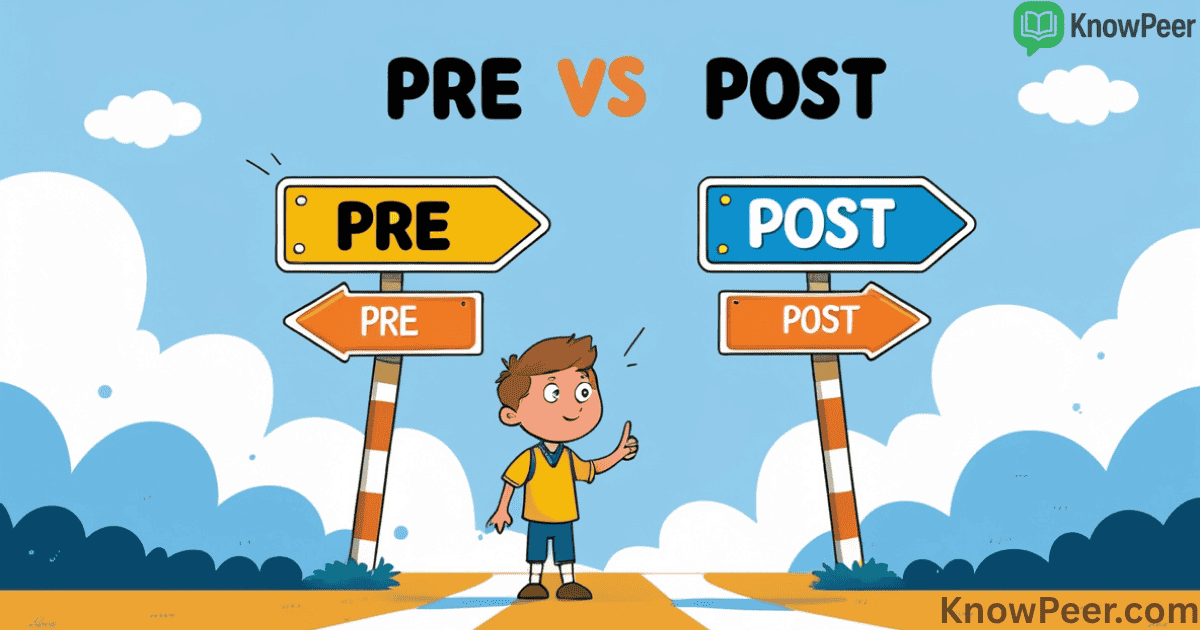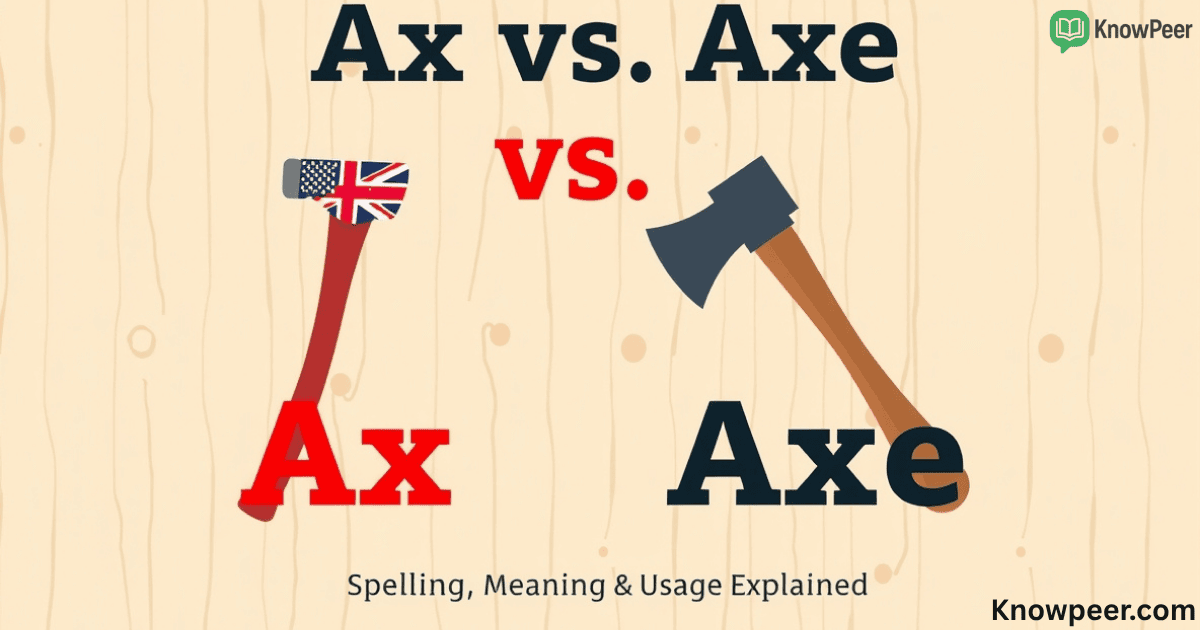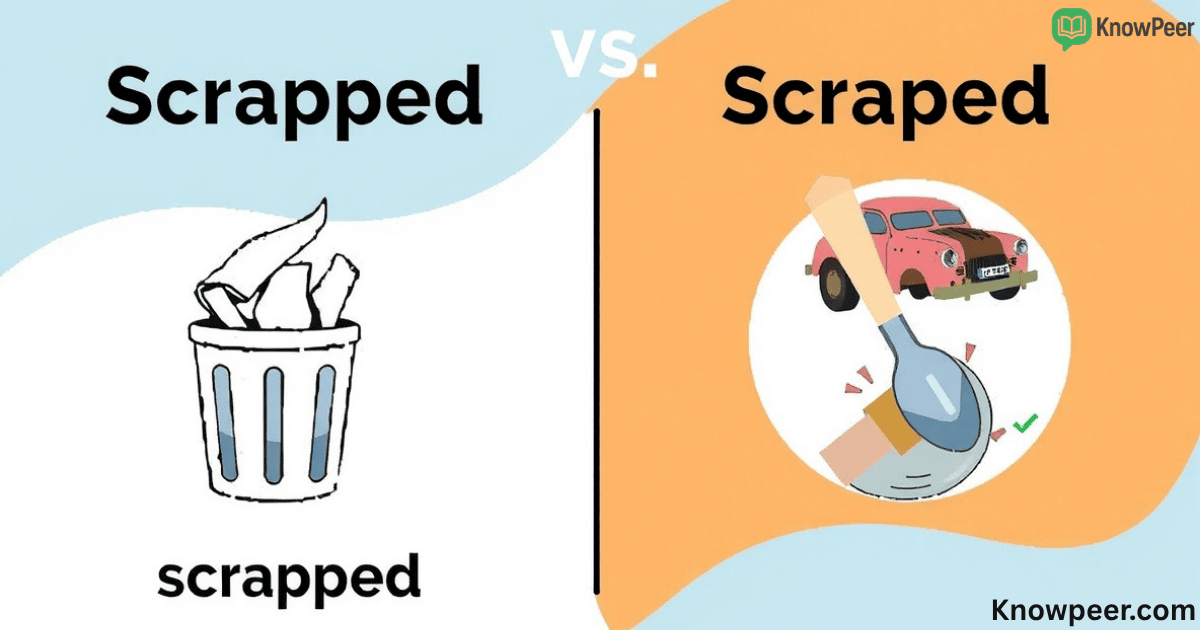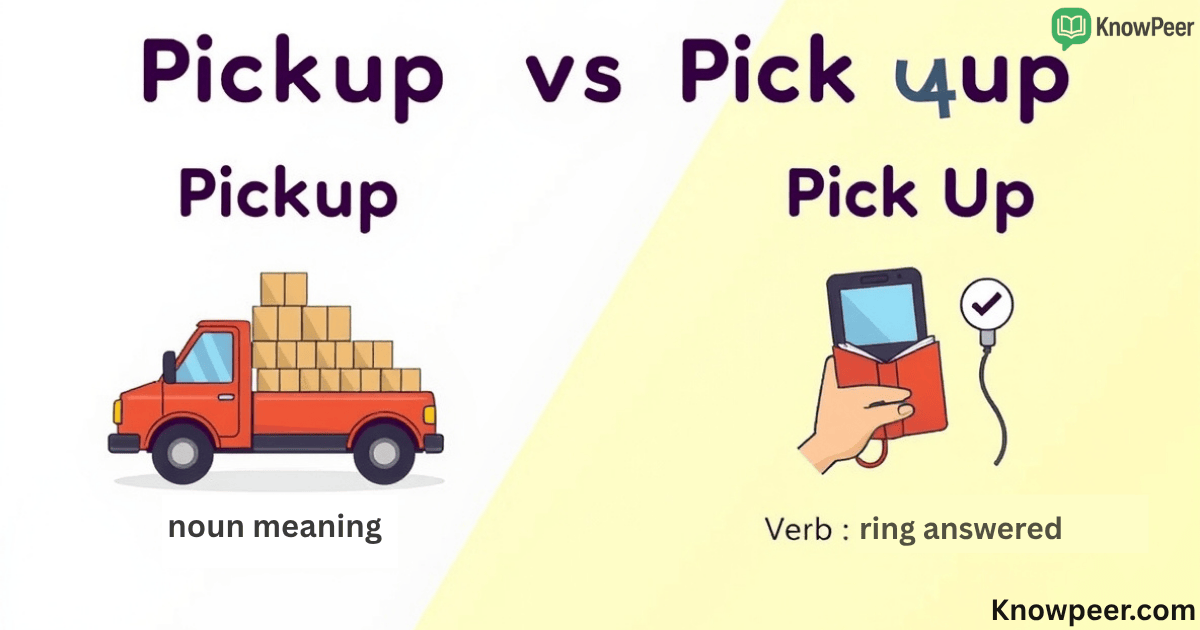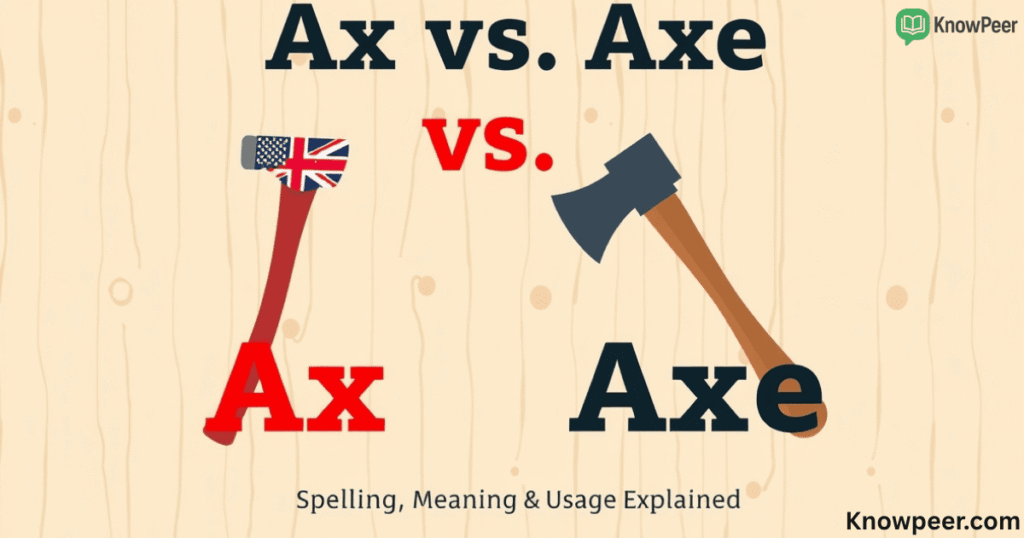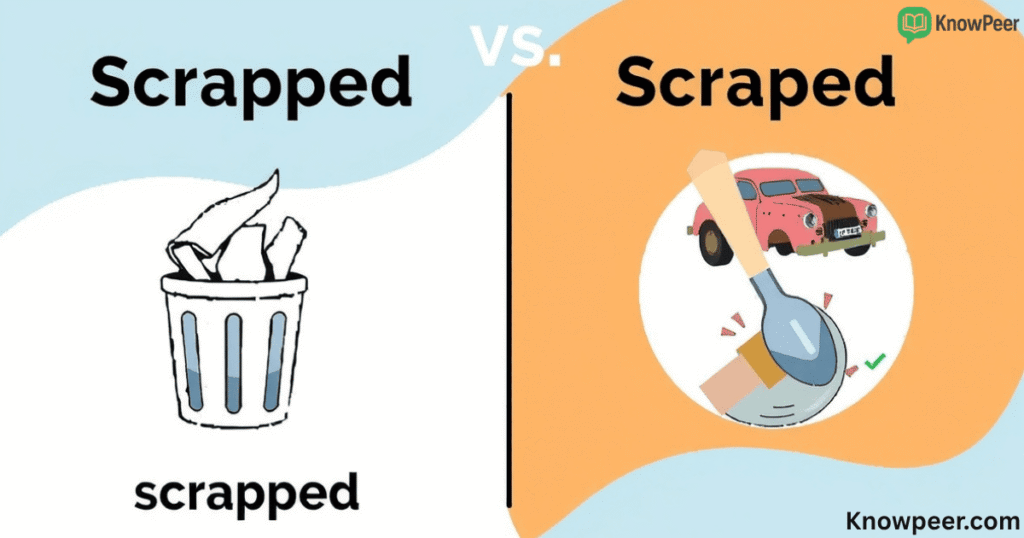Language is full of small words with big meanings Pre vs Post. Two of the most powerful are “pre” and “post.” They show up in places like prepaid, post-war, pre-approved, or post-event, and they change the meaning of a word in just a second. But how do you know when to use each? Let’s break down the real difference between pre and post, how they work, and why getting them right matters.
Understanding pre vs post helps us read better, write clearer, and speak more accurately. These are not just school grammar rules—they appear in medical reports, business deals, tech manuals, and even on social media. So, whether you’re writing an email, filling a form, or reading an article, knowing the prefix meaning of pre and post can make a huge difference.
What Do Pre and Post Actually Mean?
The words “pre” and “post” are small but powerful. They’re prefixes, which means they come at the beginning of other words and change their meaning. The prefix “pre” means before, while “post” means after. Both come from Latin roots—pre comes from prae, and post comes from the same word, post, which means “after.” Once added to a word, they instantly tell you when something is happening.
For example, take the word meeting. If you add pre, it becomes pre-meeting, which means something that happens before the main meeting, like a planning session. If you add post, it becomes post-meeting, which means something that happens after, like follow-up notes or discussions. That one small change in the beginning completely changes the timeline.
So, the difference between pre and post is based on time and order. “Pre” is about preparation, planning, or anything that happens in advance. “Post” is about results, outcomes, or events that follow something else. Understanding this helps you use these prefixes correctly in writing, speaking, and everyday communication.
In short, pre points to what comes before, and post shows what comes after. Whether you’re talking about an operation, a class, a payment, or even a launch, just ask yourself: Is it happening before or after something else? That simple question will always lead you to the right prefix.
When to Use Pre and When to Use Post – Real Contexts
It’s easy to understand how to use pre and post once you see them in real-life settings. In medicine, doctors talk about pre-op and post-op conditions. That means the state of the patient before and after an operation. In education, teachers give pre-tests to check what students know and post-tests to see what they learned. These are practical and clear uses of both prefixes.
In business, you’ll often hear about pre-tax income, which is earnings before taxes, and post-payment plans, which happen after the money has been paid. Technology uses these words too, like pre-processing data before analysis or post-production work done after filming. All these are good pre examples and post examples that show how they’re used across fields.
Here’s a quick look at common use cases:
| Field | Pre Example | Post Example |
| Medical | Pre-surgery | Post-surgery |
| Education | Pre-test | Post-test |
| Finance | Pre-tax income | Post-payment plan |
| Tech | Pre-processing | Post-production |
| Event Planning | Pre-registration | Post-event report |
Common Prefix Confusion – Gray Areas You Must Know
Sometimes, choosing between pre and post isn’t as easy as it seems. While the basic meanings—“before” for pre and “after” for post—are simple, some words fall into a gray area. In fact, a few words exist in both forms, and people often confuse them. A perfect example is prepaid and postpaid. Both involve payment, but they mean the opposite. Prepaid means you pay in advance, like topping up a mobile phone before using it. Postpaid means you pay later, usually through a monthly bill.
The confusion grows when you try to use both forms in situations that only suit one. For example, a pre-registration form makes sense because it comes before an event. But saying post-registration form only works if it’s something like a feedback form after the event. This is why understanding context is key to using the right prefix. You need to ask yourself: What came first?
Another tricky case is when people create new terms that sound right but don’t follow correct usage. For instance, pre-confirmation may sound okay, but it often confuses the reader because confirmation is usually final. In contrast, post-confirmation email clearly means the message you get after something is confirmed.
So, when you’re unsure, think about timing. Is it truly happening before something important? Then it’s pre. Is it clearly after? Then go with post. Making that one decision based on sequence can help you avoid mistakes and keep your communication clear.
The Hidden Power of Pre and Post in Other Dimensions
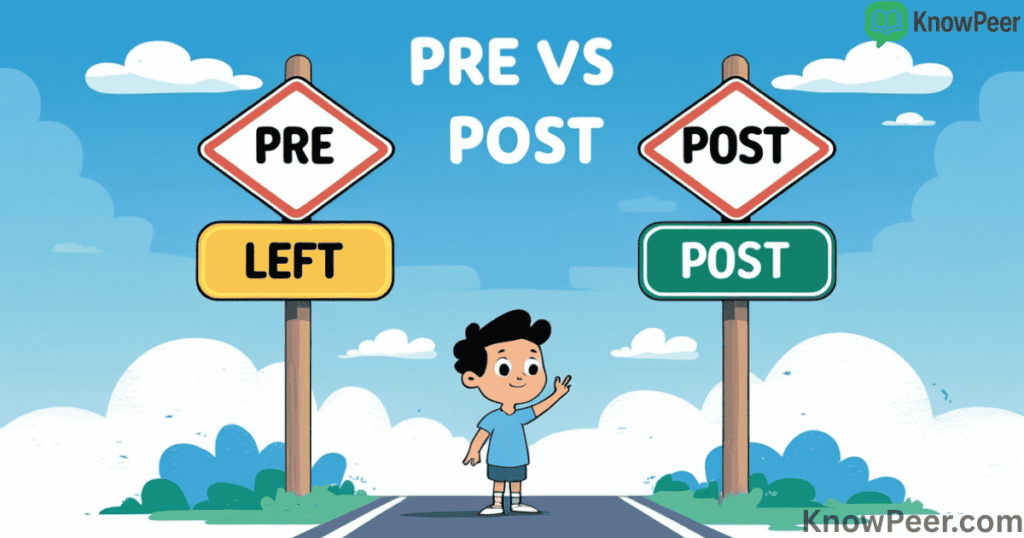
While most people know that pre means before and post means after, there’s more to these prefixes than just time. They also help describe space, rank, and even abstract ideas. These hidden uses often go unnoticed, but they show how flexible and powerful prefixes can be in language. For example, in the human brain, we have areas like the prefrontal cortex and the postcentral gyrus. These are not about time—they describe parts of the brain based on their physical location. Prefrontal is the front part, and postcentral lies just behind the center.
Beyond space, pre and post also reflect levels or ranks. A preeminent leader isn’t someone early in time—they’re someone who stands above the rest. A postdoctoral fellow is someone who has already earned their doctorate and is working in advanced research. These are hierarchical meanings, not time-based ones, and they change how we view certain roles or positions.
Even emotions and ideas use these prefixes. Take prejudice—this is a judgment made before knowing the facts. It’s not just about time; it’s about mental bias. On the other side, post-traumatic growth describes positive personal changes after a difficult experience. These examples show how pre vs post meaning can go deeper than just timelines.
So, whether it’s about where something is, who ranks higher, or how someone feels or grows, these little prefixes help us describe the world in a much richer way than most people realize.
Pre vs Post in Global Contexts and Evolving Trends
The way we use pre and post isn’t the same everywhere. Different countries and cultures sometimes prefer different forms or meanings. In British English, you often see words like postgraduate and postbox, while American English may prefer terms like graduate school and mailbox. Even the word postdated—used for writing a future date on a check—is more common in Asia and Europe than in the U.S., where digital payments are quickly replacing older methods. These small differences show how the use of prefixes changes based on location and style.
As technology and media grow, new uses of pre and post are appearing. On music platforms like Spotify, fans can now pre-save albums before they’re released. Social media uses “post” in a new way too—it’s no longer just a prefix but also a noun and verb, like making a post or posting online. In marketing, phrases like pre-launch offer, post-event review, or pre-sale access are becoming more popular because they create urgency or show value.
Modern brands love using these prefixes to sound smart and timely. For example, a product that’s “in pre-order only” sounds exclusive. An app update with “post-launch fixes” feels professional. As language keeps changing, we’ll likely see even more post prefix meanings and pre-word trends across industries. Understanding these patterns helps you stay current and use language that fits the modern world. It’s clear that pre vs post usage is no longer just about grammar—it’s part of global communication and evolving trends.
How to Always Choose the Right Prefix – Quick Decision Guide
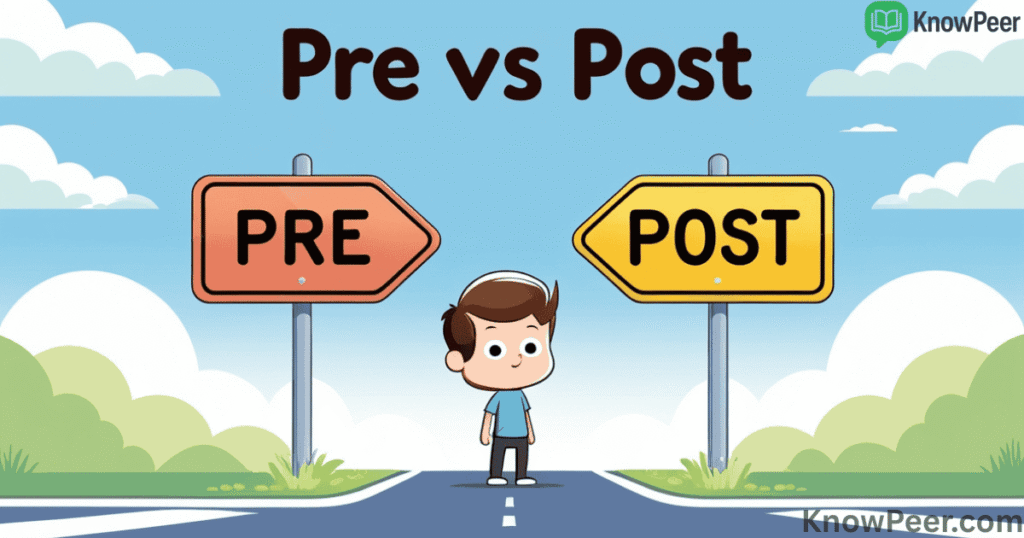
When you’re not sure whether to use pre or post, ask yourself three simple questions. First, does this action happen before something else? Then it’s pre. Second, does it happen after? Then it’s post. Third, is the action repeated or measured in two phases (before and after)? Then both may be correct, but you need to look at the timing to decide. This works in 90% of situations.
| Question | If Yes, Use |
| Does it happen before an event or time? | Pre |
| Does it happen after something else? | Post |
| Is it part of a process with two stages? | Maybe both |
This kind of quick guide is useful for writing emails, reports, or even social media captions. It helps you pick the right prefix meaning without second-guessing.
Practice Makes Perfect – Try It Yourself
Let’s see how well you’ve picked up on pre vs post usage. Try filling in the blanks:
- I made a __________ booking to make sure I got a seat.
- The __________-game interview gave insights into the coach’s mind.
- We ran a __________ survey to understand user needs.
- They evaluated results with a __________ assessment.
Answers:
- Pre-booking
- Post-game
- Pre-survey
- Post-assessment
Notice how each prefix tells you exactly when something happened. If you switched them, the meaning would change completely. These small details help make your writing and speaking more precise.
Conclusion
So what have we learned? Pre vs post is all about time, order, and sometimes even space or rank. Pre points to what happens before, and post shows what happens after. By learning their meanings, practicing with real examples, and checking your context, you can always choose the right one.
Whether you’re filling forms, writing essays, or reading news, using the correct prefix in grammar makes your message clearer. So next time you come across a word like pre-screening or post-review, you’ll know exactly what it means—and why it matters.

